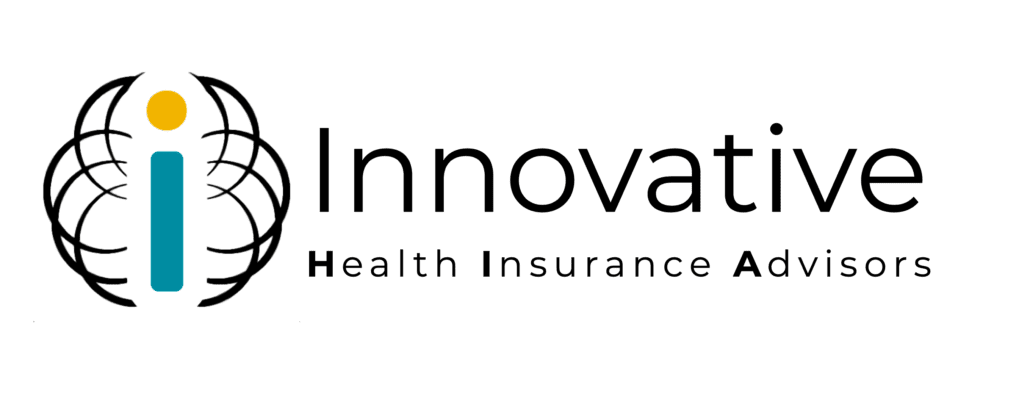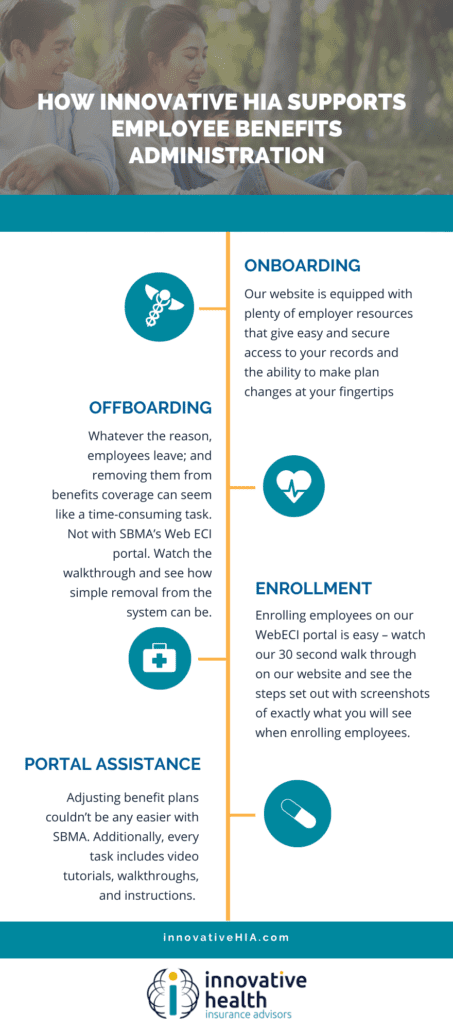The No Surprises Act (NSA) went into effect January 2022. This new law addresses surprise medical billing and requires new disclosures for employers, third party administrators (TPAs), brokers, and all participants in the healthcare industry including, but not limited to:
- Hospitals
- Hospital outpatient departments
- Ambulatory surgical centers
- Payors
- Providers
- Facilities
- Ancillary providers performing emergency and non-emergency services
“[Surprise medical bills can] arise in an emergency when the patient has no ability to select the emergency room, treating physicians, or ambulance providers. Surprise medical bills might also arise when a patient receives planned care from an in-network provider (often, a hospital or ambulatory care facility), but other treating providers brought in to participate in the patient’s care are not in the same network.
These can include anesthesiologists, radiologists, pathologists, surgical assistants, and others. In some cases, entire departments within an in-network facility may be operated by subcontractors who don’t participate in the same network. In these non-emergency situations, too, the in-network provider or facility generally arranges for the other treating providers, not the patient.”*
*Surprise Medical Bills, Karen Pollitz (Mar. 17, 2016).
Now, patients are federally protected against surprise billing for the following services:
- Emergency Services *not including ground ambulance*
- Post Emergency Stabilization services
- Non Emergency Services provided at in-network facilities
What are the Implications of the No Surprises Act?
The Consolidated Appropriations Act (CAA), 2021 made major changes in the way that group health plans are regulated and operated. The addition of the No Surprises Act of 2022 adds complex new rules aimed at protecting against surprise billing and beefs up overall group health plan transparency. The many provisions require that plans provide:
- A robust online price comparison tool
- Advance explanations of benefits (EOBs)
- Report claims information to state “all-payer claims” databases
- Improve the accuracy of plan provider directory information
- Remove gag clauses in vendor contracts
- Examine and document compliance with mental health and substance standards
- Report on pharmacy costs.
In addition, brokers and consultants to group health plans must disclose to plan fiduciaries the direct and indirect compensation they are paid each year.
Collectively, these new rules impose potentially significant new regulatory and litigation risks on sponsors of group health plans. They also raise the standard for advisors who must keep their clients up to date on, and in compliance with, these new rules.
The new regulation takes the employee out of covering the cost of unexpected medical bills and puts processes in place for employers, insurers, and hospitals to resolve payment responsibilities for out-of-network medical bills. The goal of the No Surprises Act is to support individuals who receive emergency or needed medical services, but end up with a heavy medical bill that puts them in high unexpected debt.
The new NSA regulations will create increased transparency in medical billing by providing coverage price lists, and potentially creating flat and/or set rates for medical services. The result of the NSA will be that insured individuals who receive medical treatment will not receive higher than expected bills for the treatments they are given.
What Will the No Surprises Act Mean for Patients?
Let’s frame the story:
Andrew falls off the roof cleaning the gutters, the ambulance comes and takes him to the hospital where he is treated for emergency care by an anesthesiologist, a surgeon, and then, post-surgery receives rehabilitation care from a physical therapist. The anesthesiologist is out of network, the surgeon is in-network and the PT is out of network. The hospital sends a bill to the insurer for $7,100.00.
The insurer will have an agreed-upon contractual rate that is less than the billed amount, in this case, let’s set that at $4,600.00. Andrew has insurance with a $1,000 deductible and a 20% co-pay, so he owes $1,720.00. The insurance pays the difference between Andrew’s responsibility and the agreed-upon amount (Contractual Rate) of $4,600.00, so the insurer pays the hospital $2,880.00.
Before the NSA, the hospital would then bill Andrew not only the $1,720 of his deductible + 20% co-pay but also the additional $2,500.00 to make up the difference between their billed amount and the agreed-upon Plan Recognized amount of $4,600.00. This brings Andrew’s total payment burden to $4,220.00.
The No Surprises Act would eliminate the ability for hospitals to collect the difference between the Plan Recognized amount and their higher bill.
What Does the No Surprises Act Mean For Employers?
Employers should have monthly internal governance meetings to go over:
- Health plans
- Broker commissions
- What plans cover
- What the percentage of enrollment is
- Every aspect of the health plan design
Does the No Surprises Act Include Telehealth Services?
In short, yes, the No Surprises Act does include telehealth services. Patients who see a healthcare provider through a telehealth visit are expected to be charged the in-network rate.
The Covid-19 pandemic brought on greater demand for telehealth providers, especially in emergency services. As healthcare systems continue to lean on virtual patient services, providers must be aware of preset rates negotiated between insurance contracts and the healthcare network.
Healthcare finance says it best, “Independent physician groups, which include telehealth docs, must now accept a rate that someone else has negotiated.”
Patients are protected from costly, unexpected fines, however, experts believe these new changes will result in cost shifts in other areas to account for funds.
What are the Transparency in Coverage Requirements?
CAA Section 114 dictates that insurance carriers and self-insured plans allow policyholders/participants to compare the amount of cost-sharing they would be responsible for paying for a particular medical item or service. This tool is to be provided by phone or on a website.
The Transparency in Coverage (TiC) Regulation permits policyholders/participants to request their cost-sharing liability for a particular medical item or service through an online tool or in paper form.
Both of these requirements are in place to provide clarity around medical billing for insured individuals.
What does the No Surprises Act Mean for Insurers?
The transparency in coverage requirements necessitate that group health plans and health insurance issuers in the group and individual markets disclose on a public website in 3 separate machine-readable files the following:
- In-Network Rates: Payment rates negotiated between plans or issuers and in-network providers (excluding information related to prescription drugs that are subject to a fee-for-service reimbursement arrangement [reported separately].
- Out of Network Billed Charges: Historical pricing information showing unique allowed amounts and billed charges for covered items and services furnished by out-of-network providers.
- Prescription Drugs: In-network negotiated rates and historical net prices for all covered prescription drugs by plan or issuer at the pharmacy location level
These files must be updated monthly and must be made available without login, email, password, or other gated requirement to access the information.
What Does the No Surprises Act Mean For Brokers?
Brokers must make sure they are fully informed about every aspect of the healthcare plans they are selling in order to comply with EOBs. Additionally, brokers and consultants to group health plans must disclose to plan fiduciaries the direct and indirect compensation they are paid each year.
What Does the No Surprises Act Mean For Plan Sponsors/ Employers?
Internally, increased governance requirements mirror those for 401ks as dictated by the 1974 ERISA Act. Employers and plan sponsors will be required to have monthly internal governance meetings of their Boards to review plan coverage. Plan sponsors must know what their plans cover, what their broker fees are and they must provide access to the price comparison tools offered online by insurers.
These increased internal governance requirements place a burden on the employer/ plan sponsor to be knowledgeable about the coverage offered and create increased liability for failure to implement required internal governance structures, policies, and procedures.
How Do I Prepare for the No Surprises Act?
With the NSA in full effect as of January 1, 2022, employers, insurers, and brokers must prepare for its disclosure requirements, internal governance requirements, and adherence to these new, stricter standards.
As you prepare for the new year, refresh your memory on why millions of Americans enrolled in health insurance this enrollment season, and what it means for you, here.
Article originally published on SBMA Benefits.

